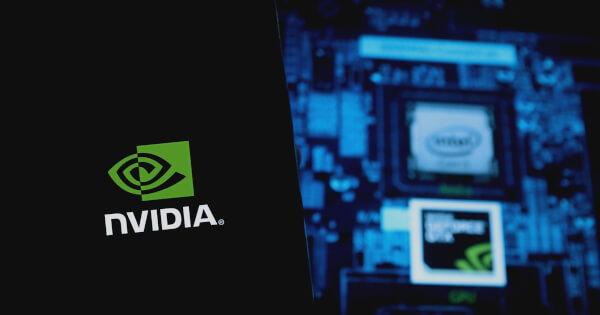Semantic Prompt Injections: The Silent Threat Undermining AI Security in 2025
AI security teams are scrambling as semantic prompt injections evolve—hackers now manipulate models with natural language, bypassing traditional defenses.
How semantic attacks work
Attackers embed malicious intent in seemingly innocent phrases, tricking AIs into revealing sensitive data or executing unauthorized commands—no code required.
The finance sector's vulnerability
Banks using AI chatbots face existential risks—imagine a "harmless" customer query that secretly manipulates transaction approvals. (Wall Street will still blame "user error" when millions vanish.)
Why current defenses fail
Rule-based filters miss contextual nuance, while LLMs can't distinguish between legitimate and weaponized language—creating a perfect storm for exploitation.
The road ahead
Until AI systems develop true semantic understanding, enterprises must assume breach—because in the arms race between security and subterfuge, language itself has become the battleground.

The evolution of artificial intelligence (AI) systems presents new security challenges as semantic prompt injections threaten to bypass traditional guardrails. According to a recent blog post by NVIDIA, adversaries are exploiting inputs to manipulate large language models (LLMs) in unintended ways, a concern that has persisted since the early deployment of such models. As AI shifts towards multimodal and agentic systems, the attack surface is broadening, requiring innovative defense mechanisms.
Understanding Semantic Prompt Injections
Semantic prompt injections involve the use of symbolic visual inputs, such as emojis or rebus puzzles, to compromise AI systems. Unlike traditional prompt injections that rely on textual prompts, these multimodal techniques exploit the integration of different input modalities within the model's reasoning process, such as vision and text.
The Role of Red Teaming
NVIDIA's AI Red Team plays a crucial role in identifying vulnerabilities within production-grade systems by simulating real-world attacks. Their research emphasizes the importance of cross-functional solutions to tackle emerging threats in generative and multimodal AI.
Challenges with Multimodal Models
Traditional techniques have targeted external audio or vision modules, often using optical character recognition (OCR) to convert images to text. However, advanced models like OpenAI’s o-series and Meta’s Llama 4 now process visual and textual inputs directly, bypassing old methods and necessitating updated security strategies.
Early Fusion Architectures
Models like Meta's Llama 4 integrate text and vision tokens from the input stage, creating shared representations that facilitate cross-modal reasoning. This early fusion process enables seamless integration of text and images, making it challenging to detect and prevent semantic prompt injections.
Innovative Attack Techniques
Adversaries are now crafting sequences of images to visually encode instructions, such as using a combination of images to represent a command like “print hello world.” These sequences exploit the model's ability to interpret visual semantics, bypassing traditional text-based security measures.
Defensive Measures
To counter these sophisticated attacks, AI security must evolve beyond input filtering. Output-level controls are essential for evaluating model responses, especially when they trigger sensitive actions. Adaptive output filters, layered defenses, and semantic analysis are critical components of a robust security strategy.
For more insights on defending AI systems, visit the Nvidia blog.
Image source: Shutterstock- ai security
- prompt injection
- multimodal models

